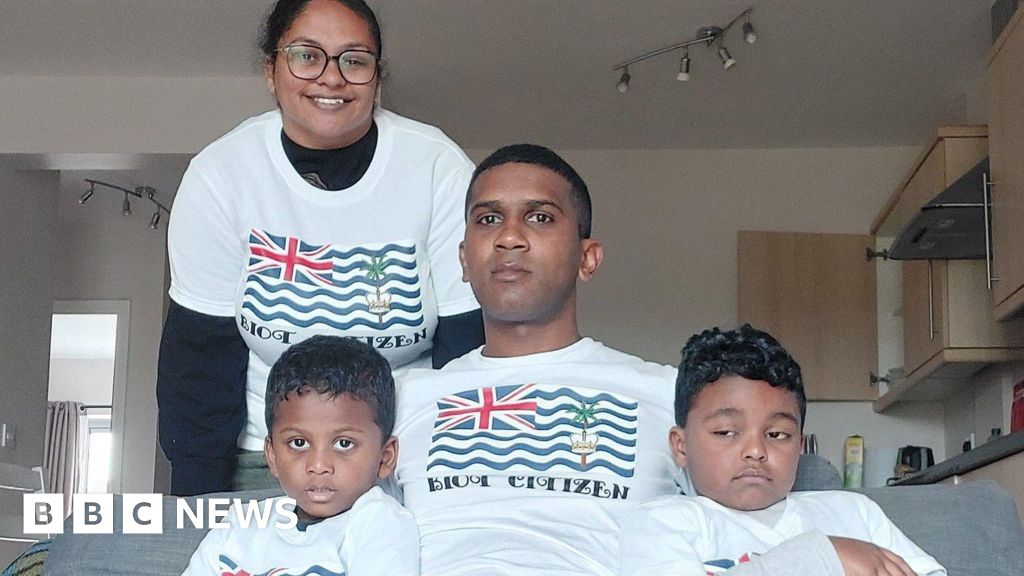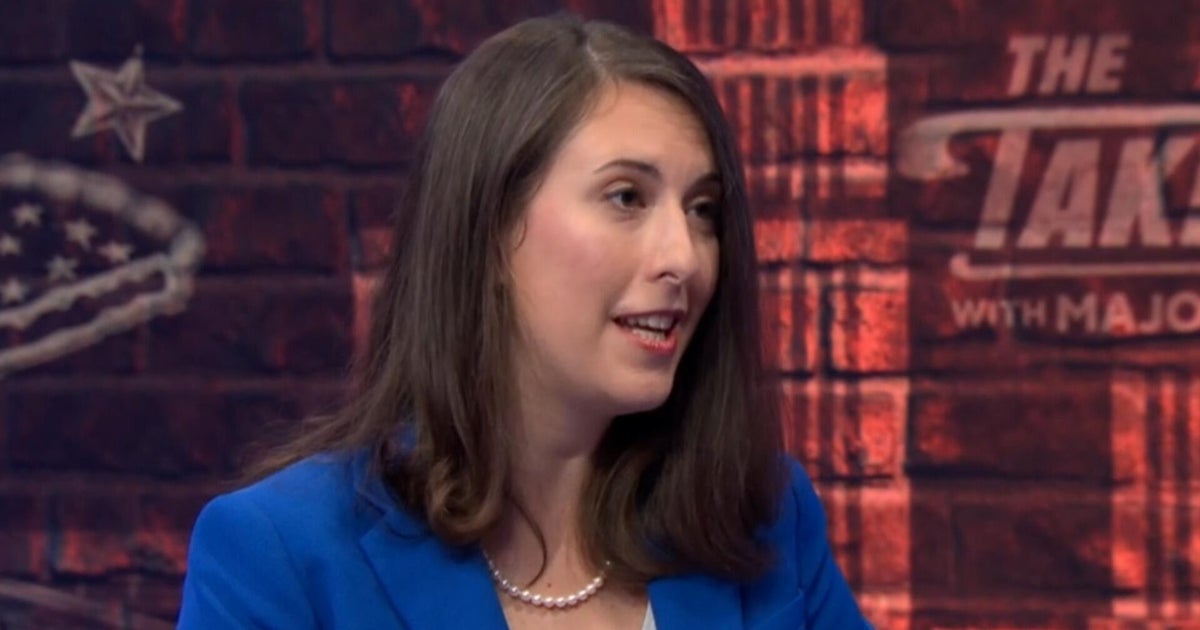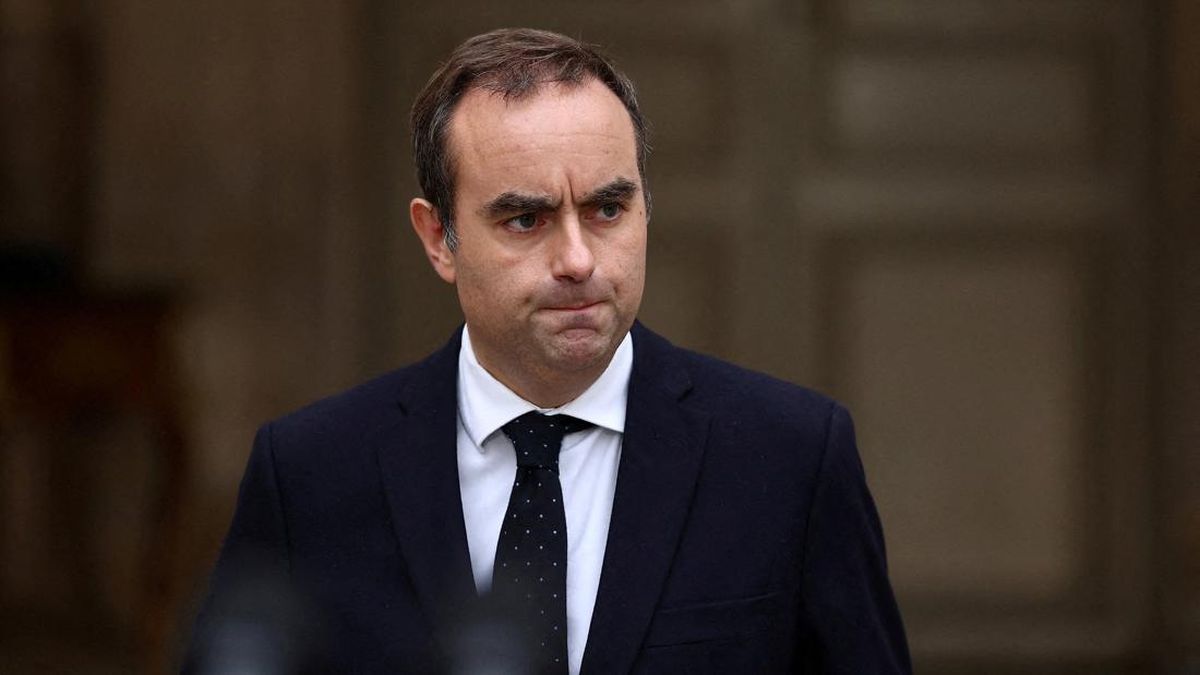Opinion
October 11, 2025 — 5.01am
October 11, 2025 — 5.01am
If you’ve ever gone looking for retirement advice, you’ll know how repetitive the messages can be. Most so-called experts say the same things.
They’ll tell you that to retire comfortably, you need around $595,000 as a single person or $690,000 as a couple – the national benchmark if you have access to a part age pension.
Others say you’ll automatically spend less in retirement than you do now. “Just cut your budget by 20–30 per cent,” they suggest, and voilà, that’s your retirement budget.

Rather than seeing retirement as a finish line, think of it as a new life chapter made up of several acts.Credit: Getty Images
Then there’s the investment advice: as you approach retirement, some will tell you to go more conservative. And lurking underneath all of this is a silent assumption that you’ll stop working entirely, and live only off the income your investments generate, alongside any age pension you are eligible for, for the rest of your life.
But here’s the thing: retirement is so much more than that.
Loading
Benchmarks are just broad averages – not your reality. How you’ll spend depends on your lifestyle, priorities, and the stage of life you’re in. Going too conservative with your investments can actually limit your financial flexibility later, especially if you expect you might live a long time.
And those savings you’ve worked hard for? They’re not meant to be locked away forever and passed onto your kids. They’re there to be enjoyed and used meaningfully during what can be the most fulfilling years of your life.
And as for work? Retirement doesn’t have to mean stopping completely. It can simply mean working differently – on your own terms, in ways that energise you rather than exhaust you.
Today’s retirees are living longer, healthier, more active lives, and that changes everything. The old model of hitting a number, switching to low-risk investments, and living off the income just doesn’t cut it any more.
So today, I want to get you thinking about modern retirement and five lessons everyone should grasp before they go looking for advice on how to “do” retirement.
The happiest retirees aren’t the ones with the biggest balances; they’re the ones who stay curious and connected.
Think about retirement in stages
Most of us will have three decades or more of life after full-time work, so just aiming for retirement is like aiming to be an adult for 30-40 years from age 25. You wouldn’t plan life that way – and retirement is no different. It doesn’t arrive all at once; it unfolds in phases.
It starts with your prime time years, the pre-retirement phase where you might downshift to part-time work, explore flexibility, or focus on passion projects. Then come your retirement years – often filled with travel, adventure, projects, and the freedom to pursue what truly matters.
Loading
Finally, there are your ageing years, when life naturally moves at a slower, more reflective pace. Your income, spending, and priorities will shift through each stage.
So rather than seeing retirement as a finish line, think of it as a new life chapter made up of several acts. Start imagining what each onThat’s ie could look like for you.
Modern retirement planning isn’t about chasing a number – it’s about designing how you want to live, and then figuring out how you’ll fund it.
Build your own budget if you want real confidence
Benchmarks don’t cut it – budgets do. I mean it. Those big “how much you need to retire in comfort” numbers might make headlines, but they don’t reflect your life.
The official retirement standards are useful for ballpark cost-of-living figures, but they ignore the personal stuff, like whether you plan to travel overseas every year, eat out twice a week, want to head off in the caravan, or spend summers helping with grandkids.
Real confidence comes from knowing your own numbers. What does a good life cost for you? Start with your current spending, then sketch out how that might change as you move through the stages of retirement.
For most people, it is not about cutting costs to fit some arbitrary benchmark. It’s about designing a lifestyle that feels right and sustainable. When you know what you actually spend (and what truly matters), you can stop guessing whether you’ll “have enough”.
Stay invested for the long haul
The old advice to “go conservative” the moment you retire doesn’t really hold up any more. If you’re likely to live another 25–30 years from when you retire, you’ll still need growth to protect your money from inflation and to keep your options open later on.

What does a good life cost for you?Credit: SHUTTERSTOCK
So instead of switching everything to low-risk cash or bonds like older generations might have been encouraged to do when life expectancy started with a seven, think in buckets.
Keep your short-term spending money in one bucket – safe and steady. Use a second bucket for medium-term income needs. And let your long-term bucket stay invested in growth assets that can keep working for you over time.
That kind of structure gives you confidence that your immediate needs are covered, while the rest of your money keeps growing quietly in the background.
Keep purpose and people front and centre
You can have all the spreadsheets and super projections in the world, but they won’t tell you what’s going to get you out of bed in the morning. Once work no longer structures your week, you’ll need to build a new sense of purpose – something that keeps your mind engaged and your social world alive.
The happiest retirees aren’t the ones with the biggest balances; they’re the ones who stay curious and connected. They volunteer, learn new things, travel, mentor, or start small projects that give them meaning. It’s not about staying busy - it’s about staying engaged.
Your financial plan should support your life, not the other way around. So as you plan the money side, spend just as much time thinking about the people, passions, and routines that will make the years ahead rich and rewarding.
Be flexible because life will change
Loading
Even the best retirement plan – both your vision of life and your financial plan – will need a few tweaks or edits along the way. Fact is, markets move, health shifts, the needs of your family change, and sometimes you’ll simply want something different for your life.
The trick is to build a plan that can bend without breaking and remain curious and flexible enough to adapt when life says it’s time to.
You can’t control everything that happens, but you can keep steering towards what matters most. Create a big-picture vision, set your goals, and be ready to reshape them as you go.
Retirement is just another stage where you get to do that – again – with a little more wisdom and a lot more freedom.
Bec Wilson is the author of the bestseller How to Have an Epic Retirement and the newly released Prime Time: 27 Lessons for the New Midlife. She writes a weekly newsletter at epicretirement.net and hosts the Prime Time podcast.
- Advice given in this article is general in nature and is not intended to influence readers’ decisions about investing or financial products. They should always seek their own professional advice that considers their own personal circumstances before making financial decisions.
Expert tips on how to save, invest and make the most of your money delivered to your inbox every Sunday. Sign up for our Real Money newsletter.
Most Viewed in Money
Loading


















































